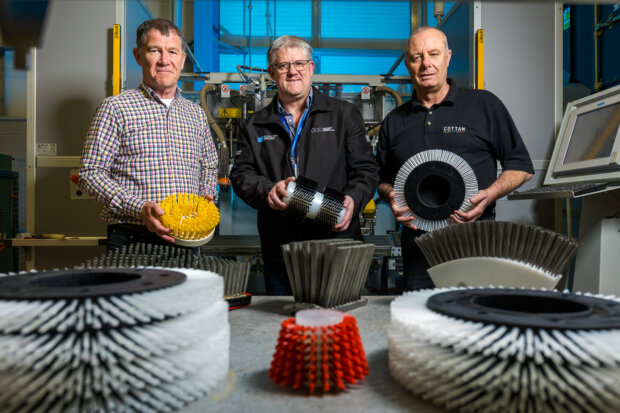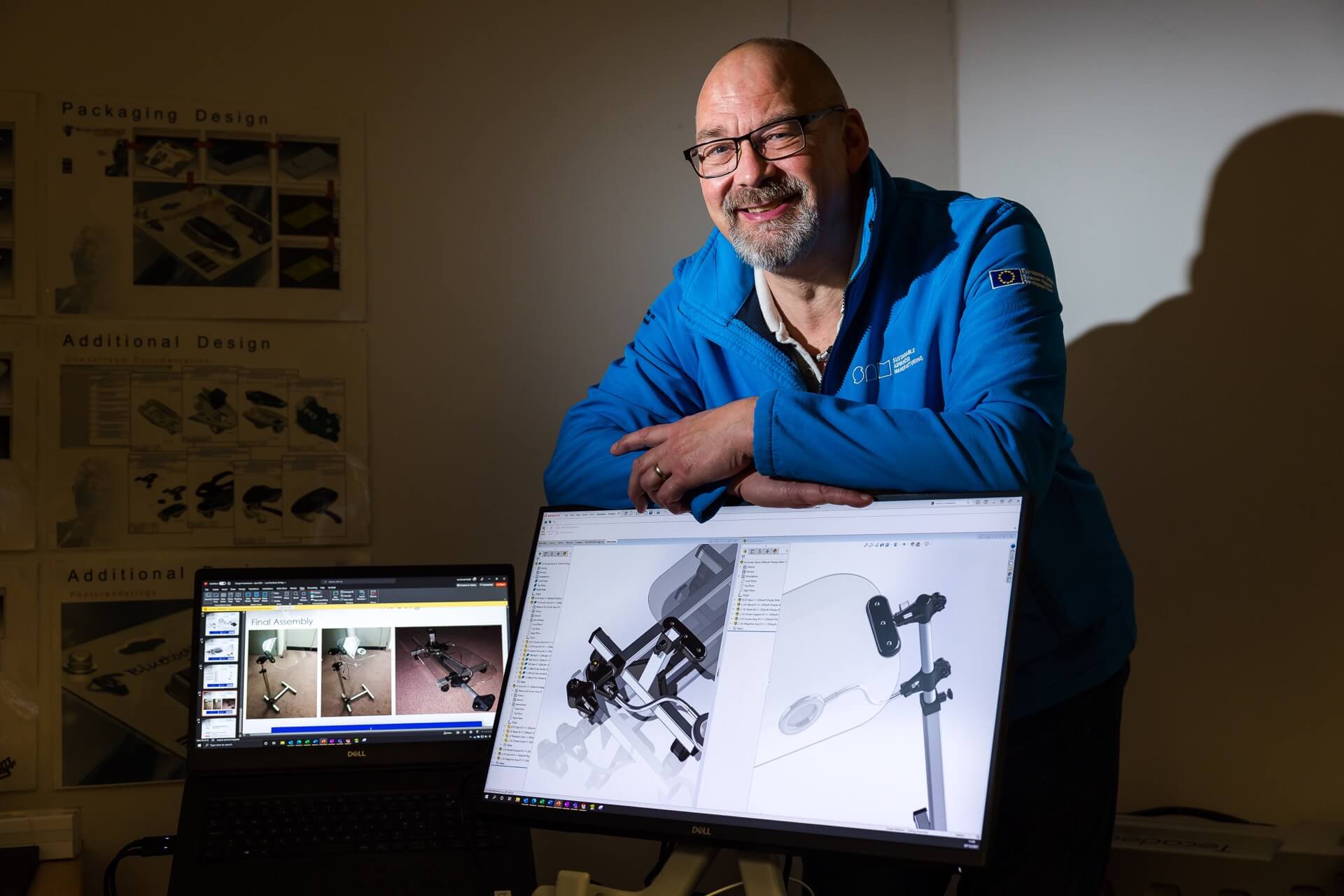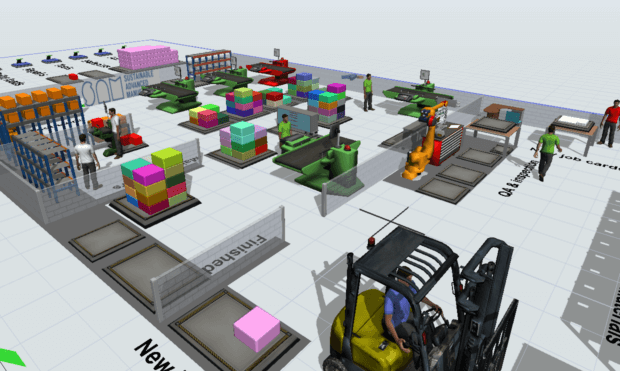A family-owned manufacturer founded 165 years ago is envisaging a brighter future, after utilising cutting-edge technology to improve its products and processes.
Established in Sunderland in 1858, Cottam Brush is a product of the North East’s industrial heartlands, having started life supplying hand-made brushes to the region’s shipyards, mines and foundries of yesteryear.
Today, the Hebburn based company is a leader in the manufacture of brushes, selling its products globally and producing products for an array of sectors, from pipeline inspection, to cow brushes, wastewater brushes and high-tech subsea brushes.
Such is the firm’s commitment to constantly innovate, that it has led to Cottam brushing shoulders with some of the world’s biggest brands, with Nissan, Rolls Royce, De la Rue and Travis Perkins among the businesses to purchase its products.
However, never one to relax its efforts, Cottam Brush is now looking to continue innovating and growing the business as it looks to the future, after tapping into support from a team of manufacturing experts.
After engaging with the Sustainable Advanced Manufacturing (SAM) Project at the University of Sunderland, Cottam Brush has designed and developed a new manufacturing technique for brushes used in the oil and gas sector which the firm believes will make it more competitive against its competitors overseas and help it grow as it plans for the future.
Alan Crook, managing director at Cottam Brush, said: “We’ve always had a reputation as being real innovators in our field, which we take great pride in, however the ability to tap into the industry experts at SAM really allowed us to step our research and development up a gear when it came to exploring alternative manufacturing methods.
“As a small business, it’s often hard to compete with the global giants when it comes to spending power, but the ability to work with experts who could not only demonstrate the advantages, but also break down the barriers to accessing the latest CAD and robotic technology, was a huge help.
“Not only has the use of the software enabled us to understand a range of alternative methods to manufacture brushes, but it will also help us to refine and improve our future ranges as we continue to innovate and grow. It could be a real game changer for us as a business.”
Industry 4.0 and electronics specialist, Richard Eynon, CNC expert, Martin Officer and automation and robotics specialist, Neil Taylor, each of the SAM Project, worked with the Cottam Brush team on the project, using the latest technology to work out how the product could be refined and produced in a way that was more cost effective and required less material.
Richard said: “I was excited to be able to lead this project in demonstrating new manufacturing technology which enabled greater efficiency in the manufacture of one of their key steel bristle brushes using automation and cobots and also introducing key benefits of bringing externally sourced machined components in-house which could be expanded to other product lines.
“Better yet, the refined method proved a cheaper to manufacture, as well as being of a much higher quality to the previous iteration, so it’s really making the company more competitive in a market where there is so much competition from across the globe.
“The company is such a fantastic success story for North East manufacturing, and we’re delighted to have been able to support them on their innovation journey.”
For more information on Cottam Brush, visit: https://cottambrush.com/



